Heritage renovations—keeping the old and blending in the new
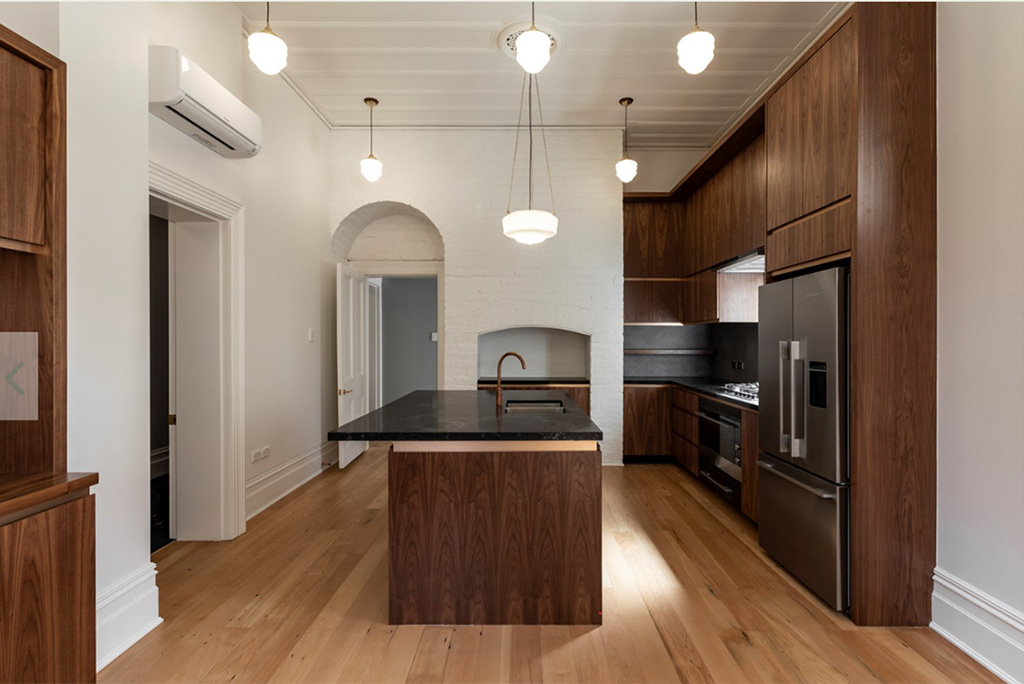
(The renovated kitchen in St Patrick's Presbytery - Image courtesy of New Zealand Institute of Architects)
Old villas and heritage buildings have a magic you can’t easily replicate—high ceilings, polished timber, quirky corners and leadlight windows that draw attention to the skill and detail in the original build. Shamus, the owner of No Shock Electrical, is also renovating his own character home, and preserving those details is a personal passion for him. “The real challenge is knowing how to breathe new life into these spaces without getting rid of the character that makes them special in the first place,” he says.
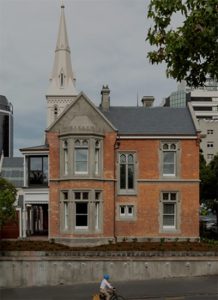 Modern comforts and sleek finishes can sit beautifully alongside character features, and the best part is, you don’t always need a major renovation to achieve it. With a few thoughtful touches, you can create something that highlights the old but has all the modern efficiency of the 21st century.
Modern comforts and sleek finishes can sit beautifully alongside character features, and the best part is, you don’t always need a major renovation to achieve it. With a few thoughtful touches, you can create something that highlights the old but has all the modern efficiency of the 21st century.
A personal and professional passion
When the chance came up to rewire one of Auckland’s oldest heritage landmarks as part of a $3.8 million restoration, Shamus didn’t think twice. The project promised one of No Shock’s toughest electrical challenges—and he was all in.
St Patrick’s Presbytery, the striking red brick building on the corner of Hobson and Wyndham Streets, has been part of Auckland’s story since 1888. Chances are you’ve walked past it dozens of times without realising you were looking at a Category 1 heritage treasure—the highest recognition Heritage New Zealand can give.
The ultimate heritage puzzle
As Shamus says, the thing about heritage electrical work that most people don't understand is that you're solving a puzzle that has no instruction manual, where every decision affects both safety compliance and historical integrity.
The Presbytery's significance lies in how unchanged it remained after 130 years. Only superficial modifications had been made since its original construction, leaving the building with its original kauri and rimu ceilings intact—magnificent timber work that tells the story of Auckland's early days. This pristine condition is exactly what makes electrical work so complex.
"The building is precious for its age, history, design and remarkably original condition," Shamus explains. "One challenge was finding the right heritage light switches and fittings—they had to be as close as possible to the original thing."
The great heritage hunt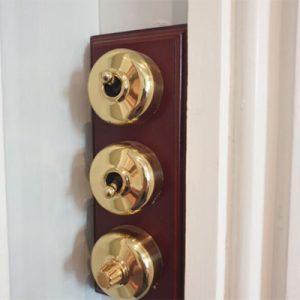
If you think finding the right light fitting for your lounge is difficult, try sourcing authentic 1880s electrical components that meet 2025 safety standards. This proved to be one of the most challenging aspects of the project. Fortunately, Shamus's personal restoration experience had already taught him the frustrating art of international heritage hunting, and working alongside knowledgeable heritage consultants and in tandem with the builders helped identify exactly what pieces were needed.
"Sometimes you can find it easily, but getting it here is the exception," he says. "A lot of stuff came from Australia which requires arranging shipping."
The global search revealed both the possibilities and perils of heritage restoration. One handblown glass light fixture—valued at $3,000 for the glass alone—made the journey from Australia safely, only to be damaged after installation.
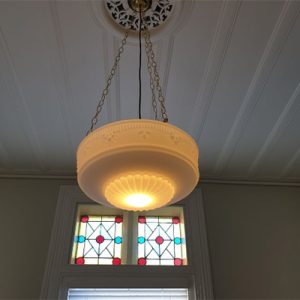 "These days, you can find just about anything if you search hard enough, but every piece is precious, and you learn to treat it that way."
"These days, you can find just about anything if you search hard enough, but every piece is precious, and you learn to treat it that way."
Smart homes, old character
For Shamus, heritage renovations become interesting when the old began mixing with the new. Behind authentic toggle switches and heritage-style power points can lie cutting-edge automation, such as WiFi-enabled systems that would impress any tech enthusiast, yet having everything appear exactly as it would have in an originally built Villa, Bungalow or commercial heritage build.
"Smart home, old materials. We can have automation through WiFi switching, but it's all behind the scenes."
This invisible integration represents the sweet spot of heritage restoration: modern functionality with period authenticity. Lights can be controlled remotely, systems can be programmed and monitored, but visitors see only the carefully sourced round toggle switches and authentic fittings that belong to the building's era.
Regulatory gymnastics
Working on heritage buildings means satisfying two masters: electrical safety compliance and heritage conservation requirements. It's not enough for the work to be safe; it must also preserve the building's historical integrity.
The solution involved removing as much non-original wiring as possible before installing new cabling to current standards. Every modification required careful documentation and approval processes, ensuring modernisation didn't compromise the building's heritage status.
Strategic placement was important for unavoidable modern elements. Switchboards, essential for safety but visually jarring in heritage settings, were positioned to minimise impact whilst maintaining code compliance. It's a delicate balance between what regulations demand and what conservation permits.
More than just a job 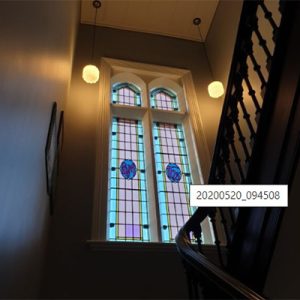
The Presbytery serves as accommodation for cathedral staff and hosts visiting clergy, meetings, and events. Its continued use demands modern electrical capacity whilst preserving the character that earned its prestigious heritage listing. This dual requirement—functional modernity within historical constraints—makes every heritage electrical project deeply rewarding.
"This is a very satisfying project to be involved in, and it's great to help preserve the history of our city," Shamus says. "It's quite challenging, but very rewarding work."
Projects like this demonstrate what's possible, and that electrical modernisation doesn't require sacrificing historical character.
Read about another amazing heritage project we worked on here.
The methods that worked out on this project (from finding authentic fittings overseas to hiding modern technology behind period facades) show other heritage building owners what's possible. When projects like this succeed, it proves that old buildings can work perfectly well for today's needs without losing what makes them special.
For heritage electrical consultation and restoration services that respect both history and modern requirements, contact No Shock to discuss your project.



